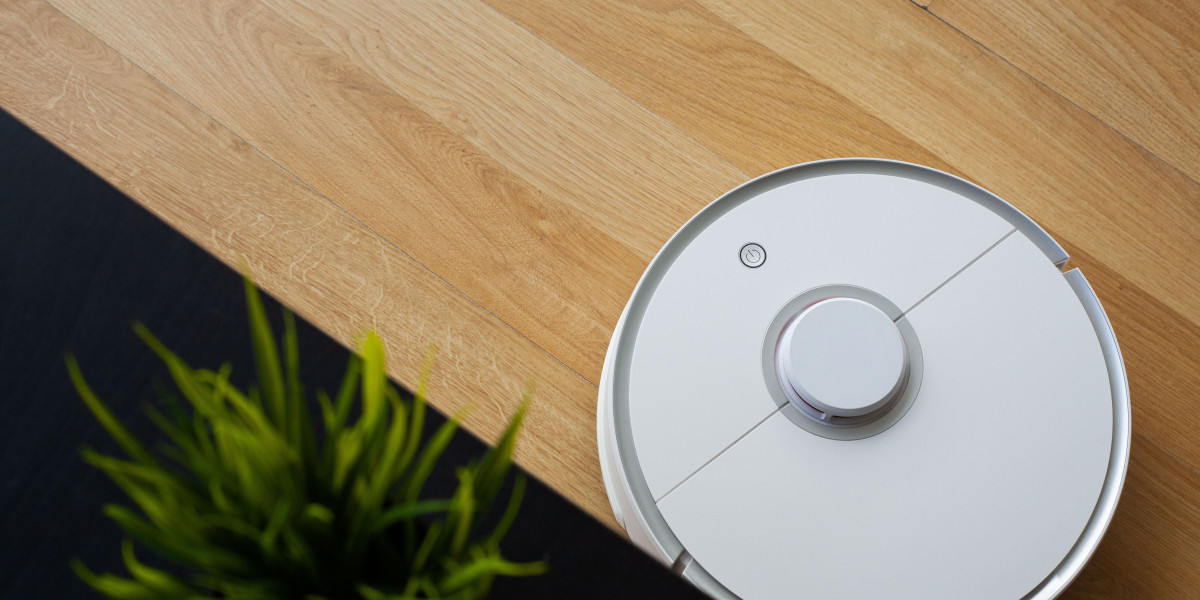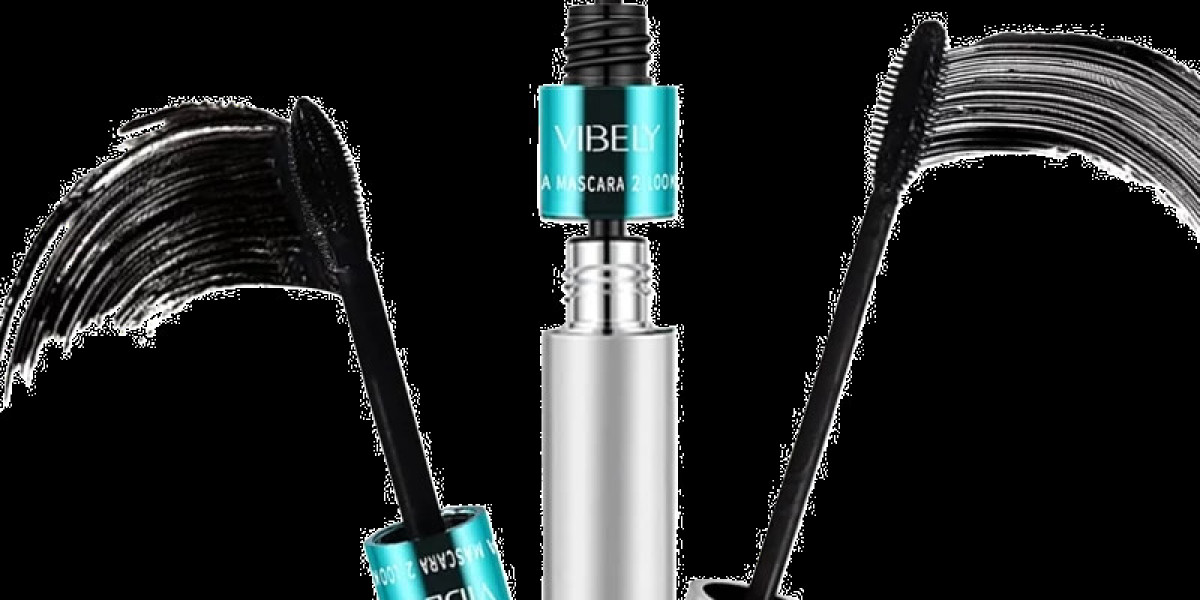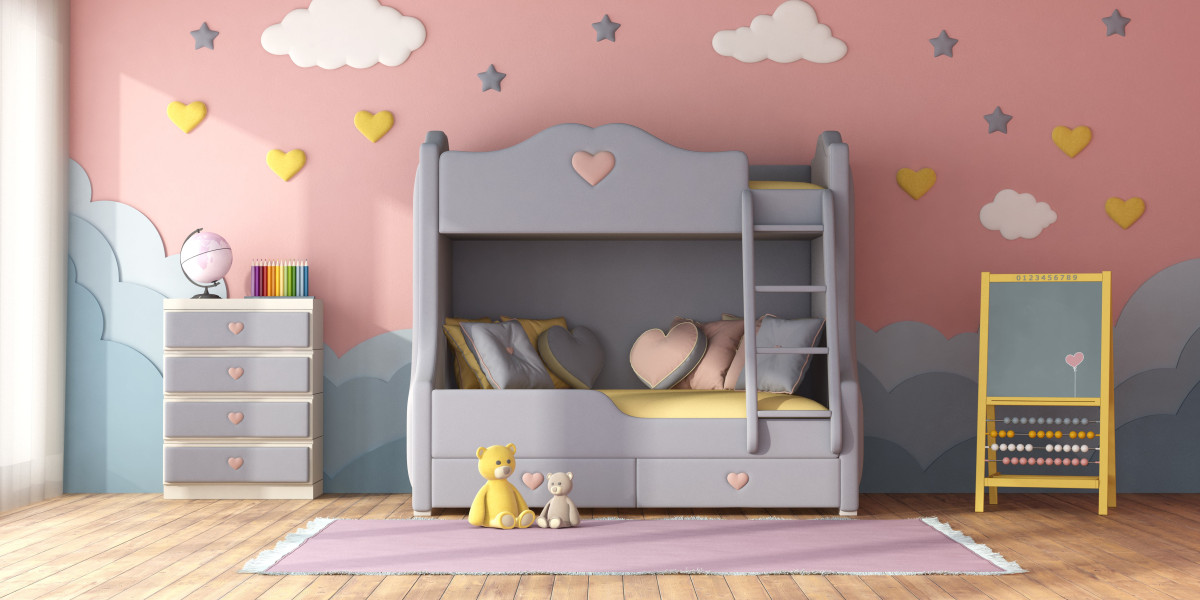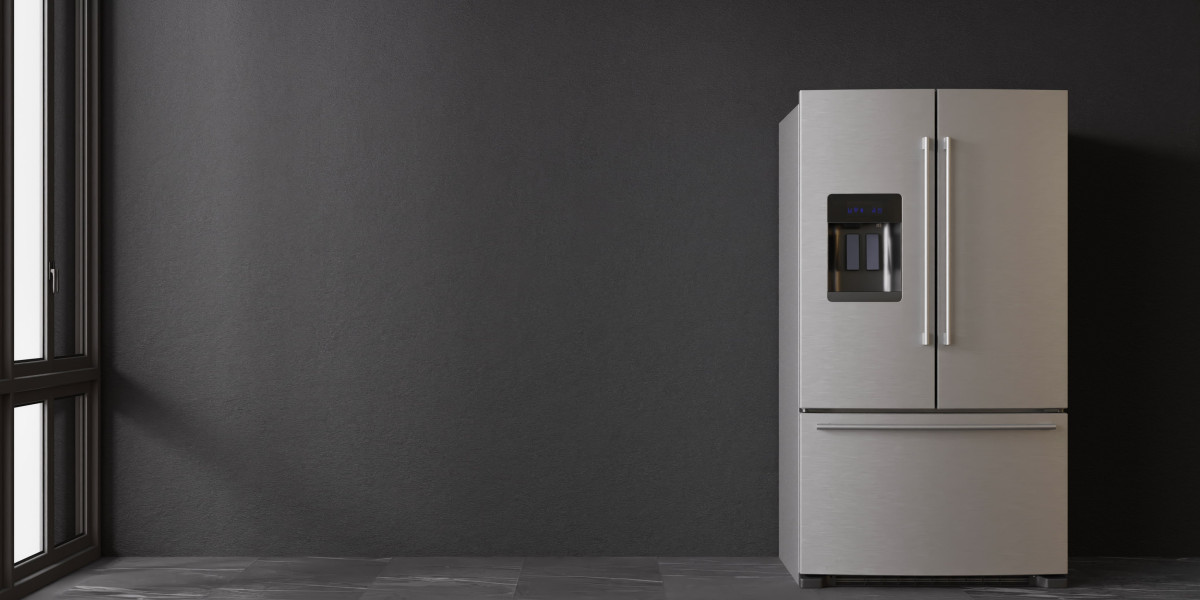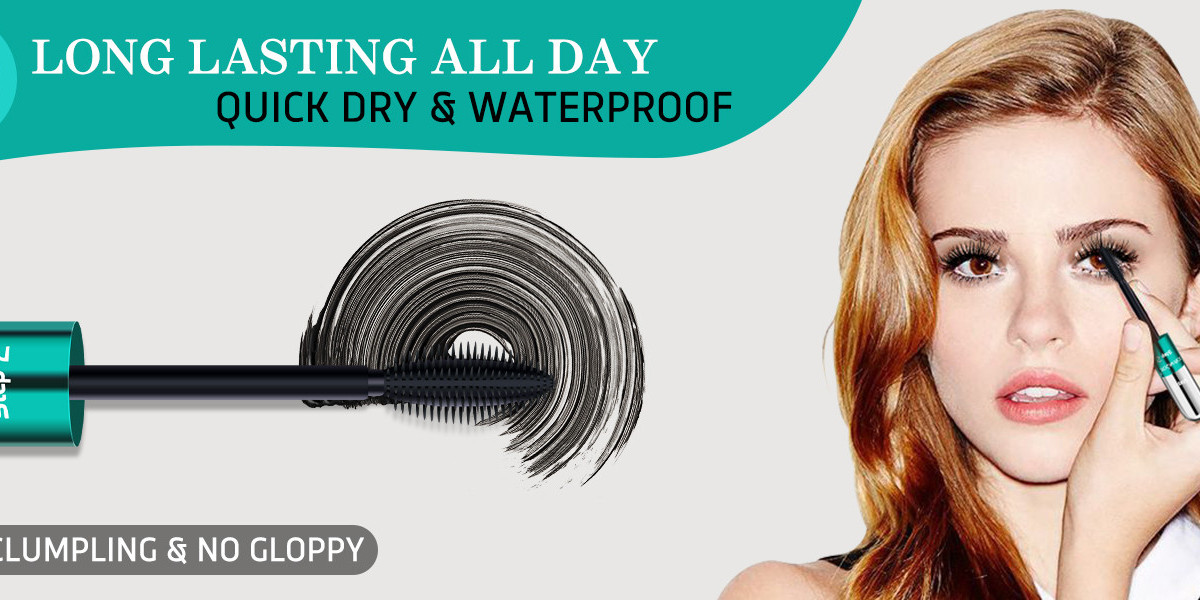Robot Vacuum and Mop - Hands-Free Cleaning Made Easy
Consider this 2-in-1 cleaner if you want one that can do all. It vacuums low-pile and medium-pile carpets on floors and the app allows you to create no-mop areas, and change cleaning modes and schedules.
Look for models with sensors that detect the kind of floor they're on and empty water and dirt from their own tanks, and stay clear of obstacles like phone chargers, pet hair and socks. Also, discover how easy it is to install.
Self-Emptying
People are always looking for ways of decreasing their workloads as the world becomes hectic and chaotic. Robot vacuums and mops are among the best tools on the market to help with that. They can clean dirt, pet hair and crumbs, while simultaneously cleaning the floors. You can use your smartphone or voice assistants to control these machines with pre-programmed routines as well as specific room designations.
Self-emptying models can be a huge time saver for both the user and the. It's not necessary to empty the bin every time you clean. This can save you time and effort and lets your robot clean your whole house more frequently, without having to worry about running out of room in the bin before the time comes for refills.
If you're considering the possibility of a robot that self-empties make sure you check the size of the bin because it could quickly overflow if used regularly. Also, you'll want to make sure the system won't overfill and create obstructions that prevent the robot from emptying it completely.
The self-emptying feature works by taking the internal dustbin from the machine and putting it in an additional storage container- think of it as the bag that comes with a traditional vacuum cleaner -which can be empty every two or three cycles. The robots are worth the extra expense because they have this premium feature.
To mop Some models wash and dry their own soiled pads after every use. Some models have docks which does all the work and you only need to empty it twice or every year.
Take a look at this Roborock robot, which is rated highly for its ability to complete both tasks. The RockDock S7 MaxV Ultra is a vacuum and mop that includes a dock that takes charge of all maintenance. It's not necessary to empty the tanks manually, and you can schedule the unit to start with on-device controls and voice assistants such as Alexa and Google Assistant. It even has boundaries that ensure it stays out of certain areas if you don't want it wandering throughout your home.
Object Avoidance
The best cleaning robot mop robot vacuums feature object avoidance, which helps the machine navigate between furniture legs and children's toys. This feature is essential for households with pets or children, because the robot could stop or break if it bumps into them.
The technology is typically built around a single sensor, or two sensors that are located near the vacuum cleaner's shock-absorbing bumpers. When these sensors detect a pathblock, the robot will automatically reorient and turn until it finds an open path. Some models use lidar technology that uses lasers to determine the distance between the robots and other objects. This allows the robot to create a live map of its environment and allows it to move through your living space with greater efficiency.
Other robovacs that do not use lidar technology, are made to recognize obstacles with cameras that use a monocular or binocular sight. These systems are most efficient in bright lighting, but they do not perform as well in low-light conditions or with objects that are the same color as the environment. For instance, a robot with monocular vision will have trouble seeing shoes or cables.
Some advanced robot vacs can be more than just avoiding obstacles, which is why they're also called smart vacs. They can build an imaginary map of your home's layout and let you send them to specific rooms or areas using the app. They will even remember where they've already cleaned. This will cut down on the time needed to clean and ensure that your home is well cleaned.
Many of the most modern robotic vacuums and mops can switch between different types of flooring. Some can automatically detect the flooring type in the room and adjust their suction and brush functions to match. Some even allow switching from hard flooring to carpet without affecting suction power.
Regardless of the flooring type any smart vacuums and mops need to be equipped with a form of obstacle avoidance. These mechanisms ensure that the appliances don't ensnare themselves in an electrical wire web, which could cause them to lose suction. Certain models are equipped with a list containing common items they're aware of to look out for, such as shoes, socks and pet waste. The most effective models can recognize these objects, determine their size and distance, and escape them without hitting them.
Floor Mapping
Most robot vacuums have sensors that allow them to detect objects. If a object -- like furniture legs or a randomly toy that is thrown around gets in the way, it triggers a sensor that tells the vacuum to steer away from the obstacle and to move towards a cleaner section of the floor. The sensors aren't completely foolproof. The Roomba 900 Series, for instance, was able avoid our headphones and shoeslaces however, it did accidentally take up the cable. We suggest removing objects out of the robot’s path before letting it go through your home.
A lot of the mopping and vacuum robots we've tested in The Spruce come with an app that you can use to save maps, set schedules, select cleaning options and track the progress of your robot. The most effective apps are simple to set up and easy to use, and some even offer many features to make your robot more efficient.
App integration lets you keep the track of the water tank and dirty pads on your robot. Look for models that let you check the level of filling in the tank and how much the pad is wet, and when it's time to change the pad. You can set up a routine that will automatically change the pad every time it gets wet to avoid mildewy odors growing.
The mapping feature is crucial for robot vacuums that work on different floors. It allows the robot to create an image of your house that it can use to navigate between rooms and clean the different areas more thoroughly. Certain robots integrate sensors with artificial intelligence to create maps. For instance, iRobot's Vacuuming Mapping feature makes use of multiple sensors to scan a room including walls and corners, to determine how far it can go before hitting obstacles or hitting furniture.
Other robots, like the Ecovacs Deebot X1-OMNI and the Roborock S7 MaxV Ultra, make use of optical sensors to detect where the walls are. They then follow the edges of furniture or employ an algorithm for mapping to determine the best path for each room.
Mopping Settings
Robot vacuums work automatically, with you doing nothing more than pressing a button on a remote or an app to clean a room. You can also schedule your schedule by using voice commands. This is a great feature for busy families who want their robot cleaners to do their job at the same time every day.
Many robot mops come with microfibre pads that are soaked by water tanks located at the base. They can be used for a number of times before they need to be washed or replaced. Models that allow for adjustment of the flow of water to suit different floors are the best. Also, you should take into consideration the dimensions of the tank, whether you can change the cleaning mode between dry and wet mopping and how long a robotic mop can last on just one charge.
The best robot mops are able to clean floors quickly and efficiently even under tables and around obstacles. Although they are not perfect, they can have trouble climbing stairs or navigating ledges between rooms. They can leave streaks on timber or tiles especially in bright sunlight.
A robot vacuum and mop that is of good quality should also have carpet sensors. This is crucial when you live in a home with floors of different types because the robot will not be sucked into or over carpets. It will also be able identify other objects that may interfere with the cleaning process, such as cords or tassels. It will also allow you to create areas that are not accessible to the robot from entering these areas.
Most of the robot cleaners we test in our CHOICE lab come with a smart app integration that lets you save your home's maps as well as set cleaning schedules and select cleaning modes. You can also create virtual barriers to ensure that your robot is kept from certain areas, and get (sometimes amusing) warnings about errors when the device runs into problems. Some applications are more user-friendly than others, and some offer a webcam for live monitoring of your robot.
